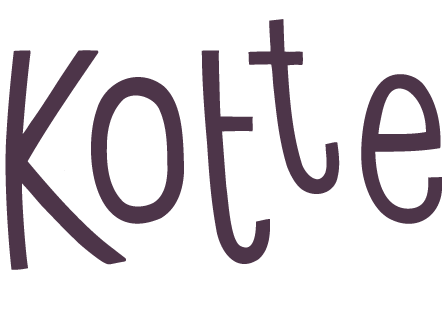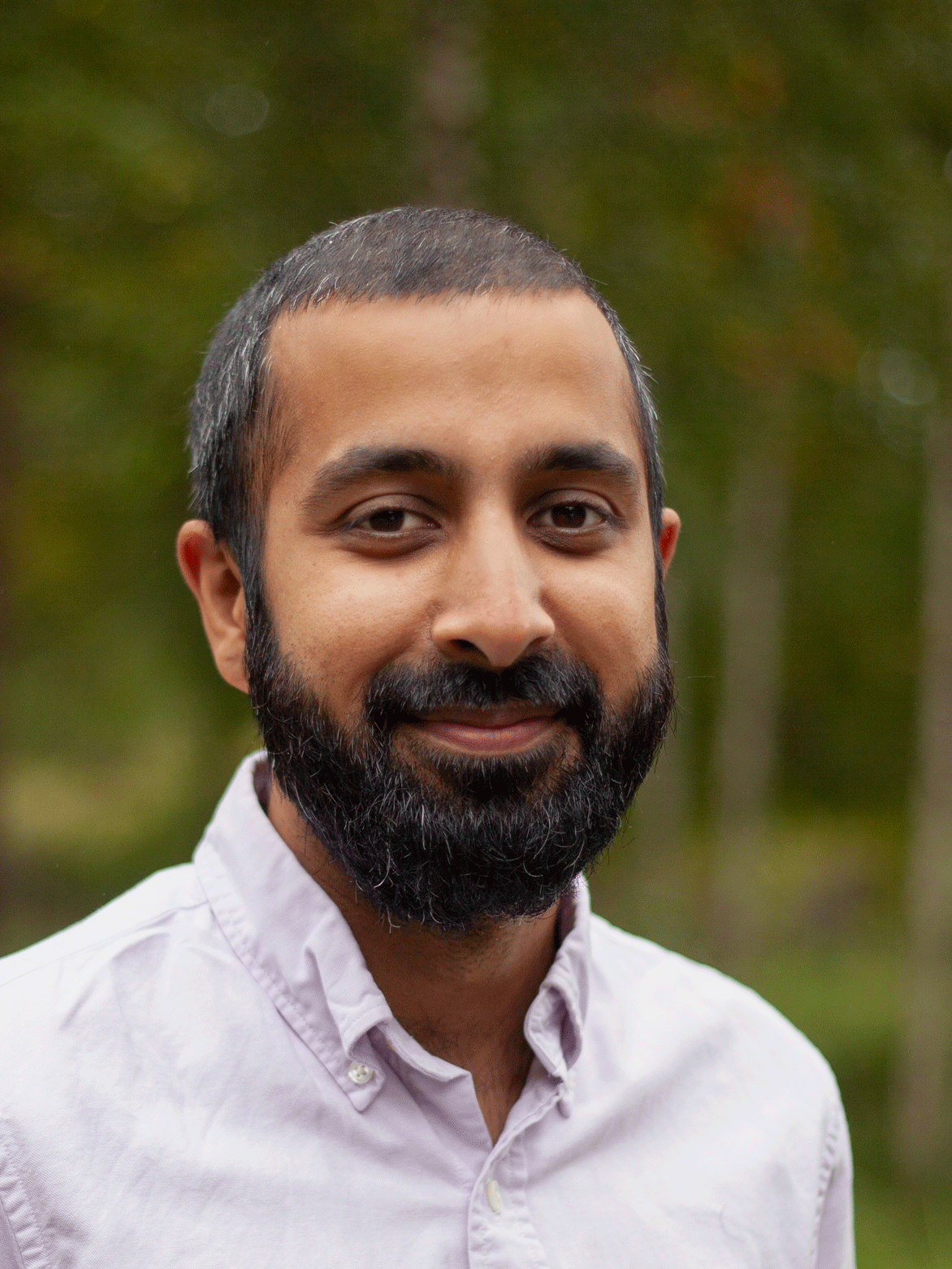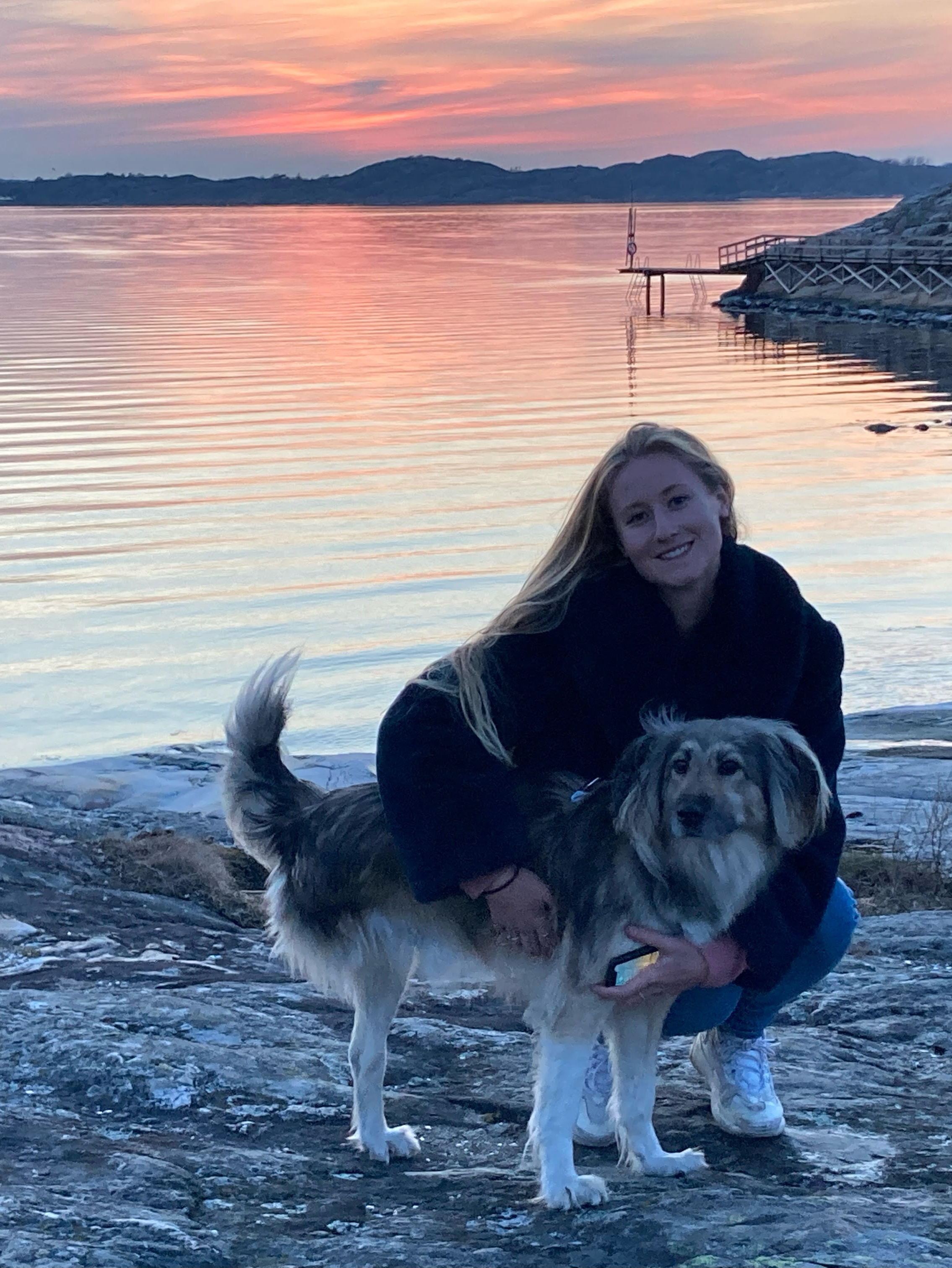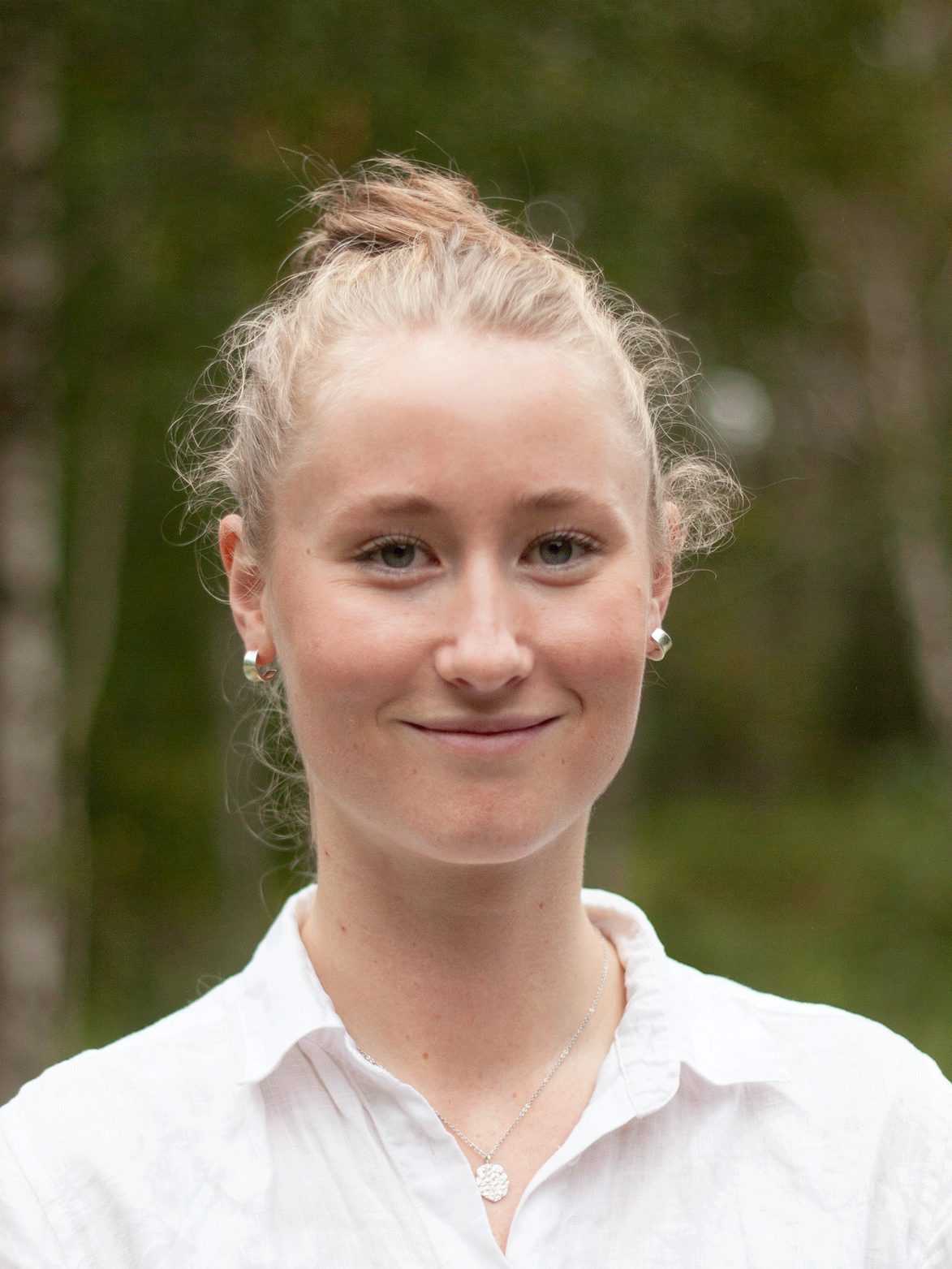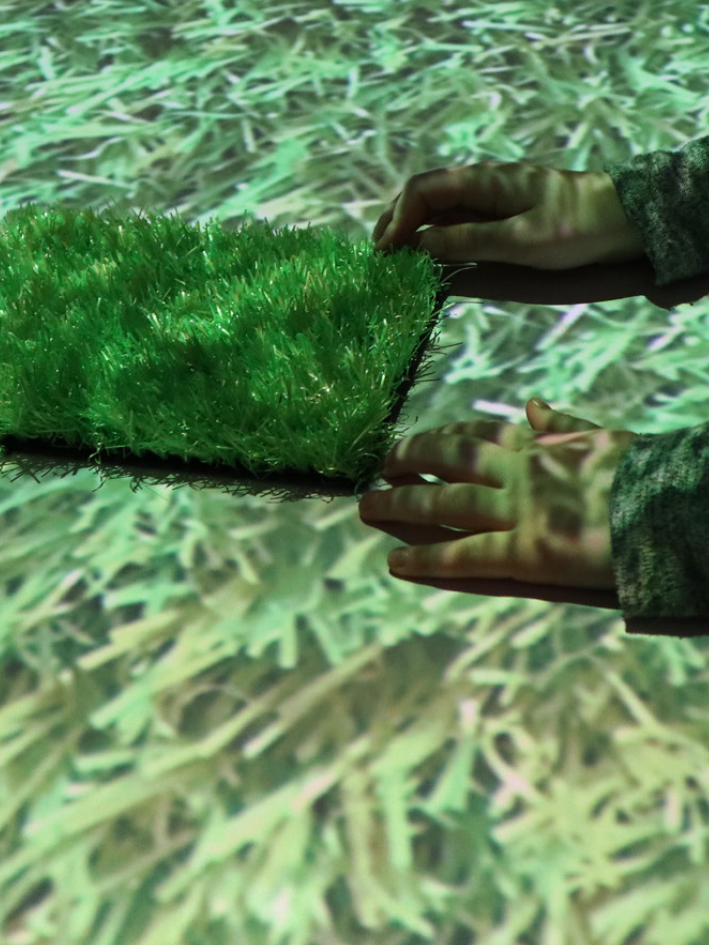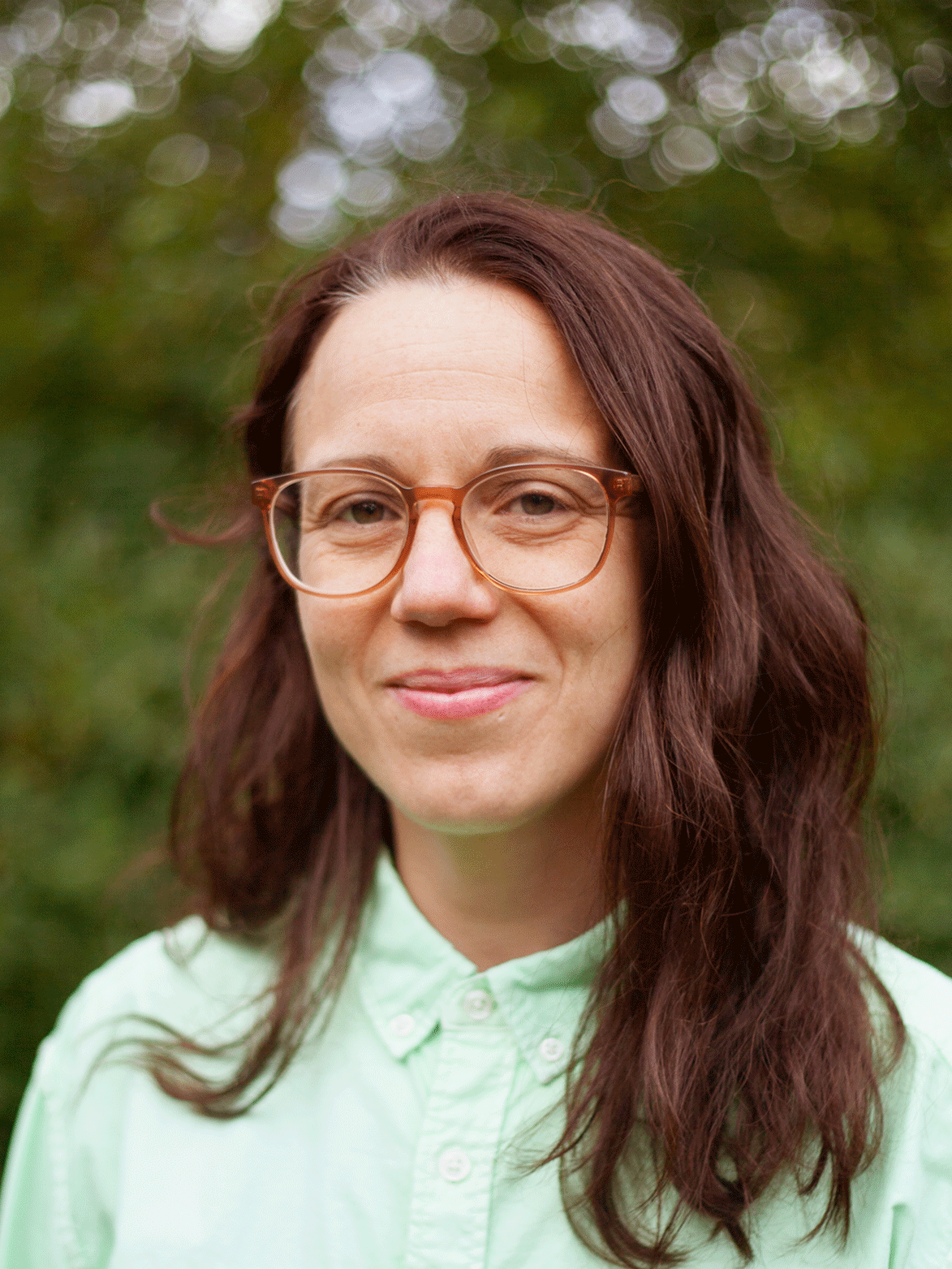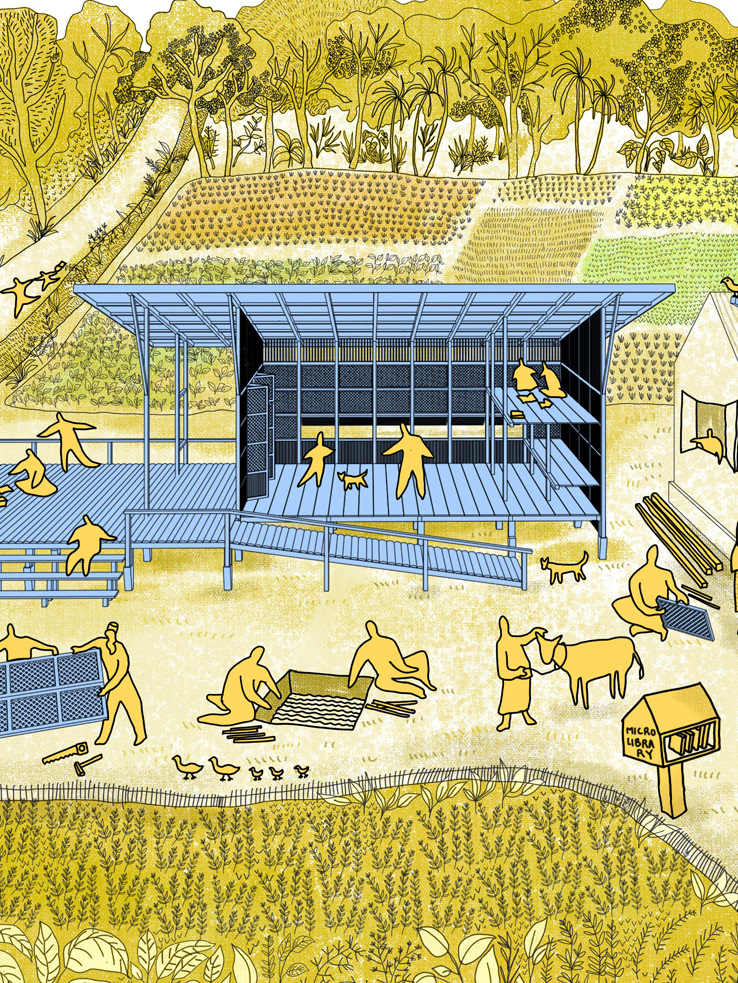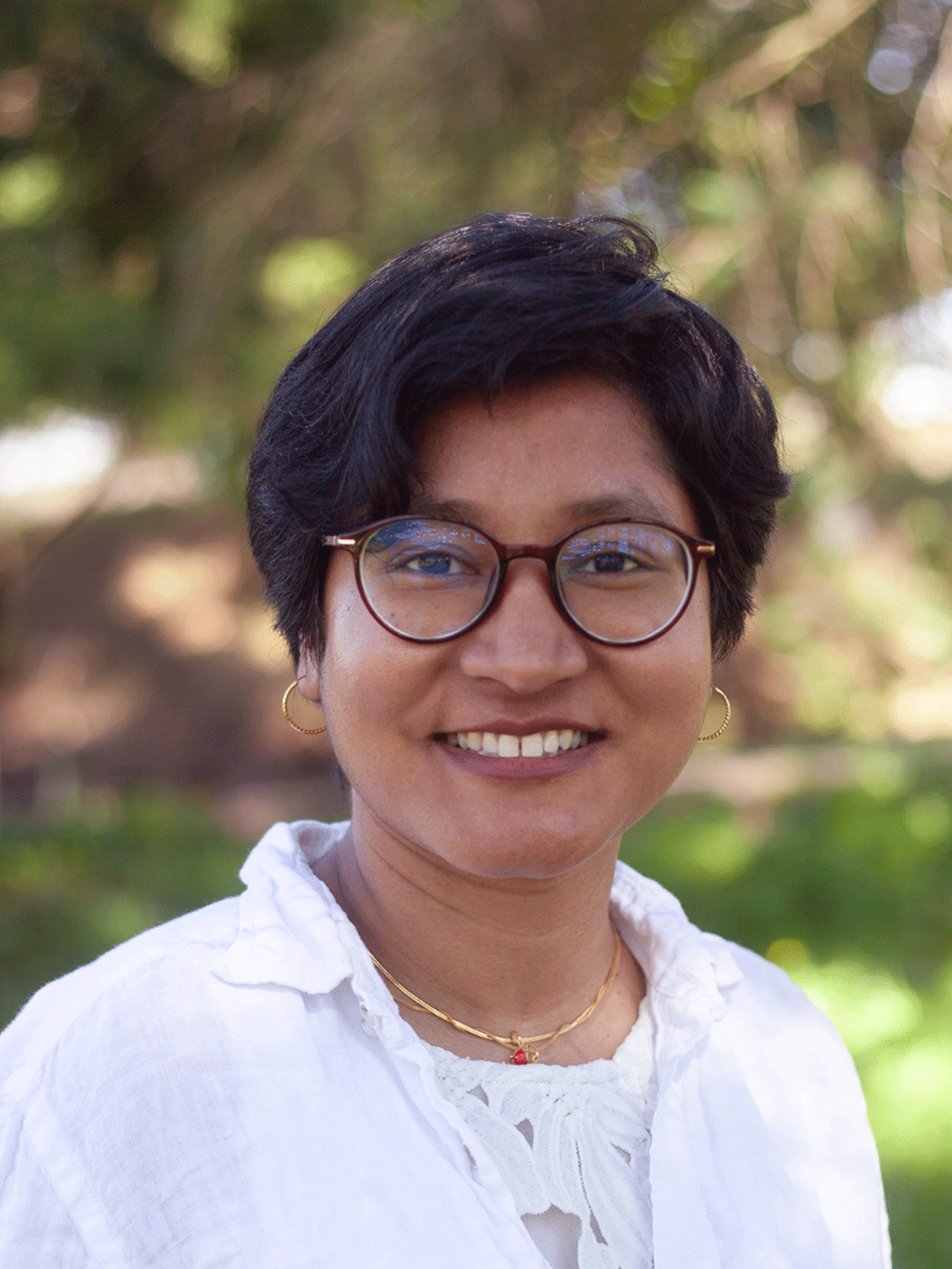Leila Natsheh
Creative Director
Leila is a driven and passionate creative thinker who has people in the focus of every project.
Community building, co-creation, inclusivity, and site specificity are important focal points of Leila's work. Physical interactions form the core of her process and creative outcome. Her multicultural background fuels her connections with people and her interest in our relationship with the environment, ownership, belonging, and the never-ending search for "home".
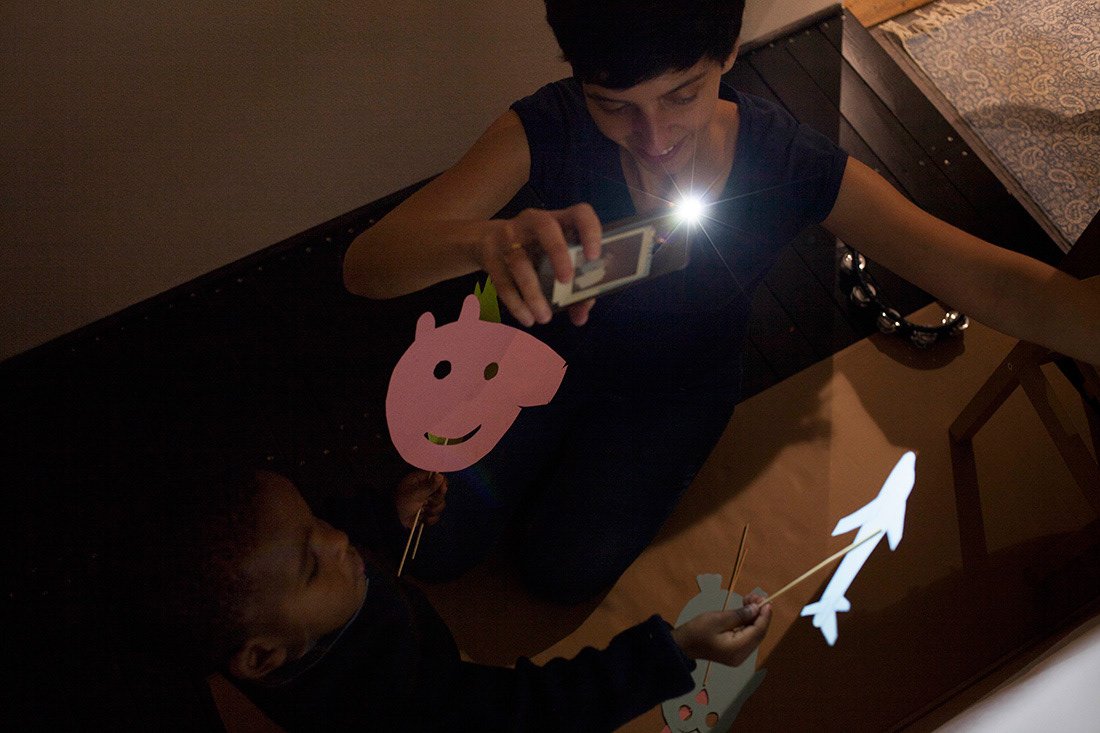
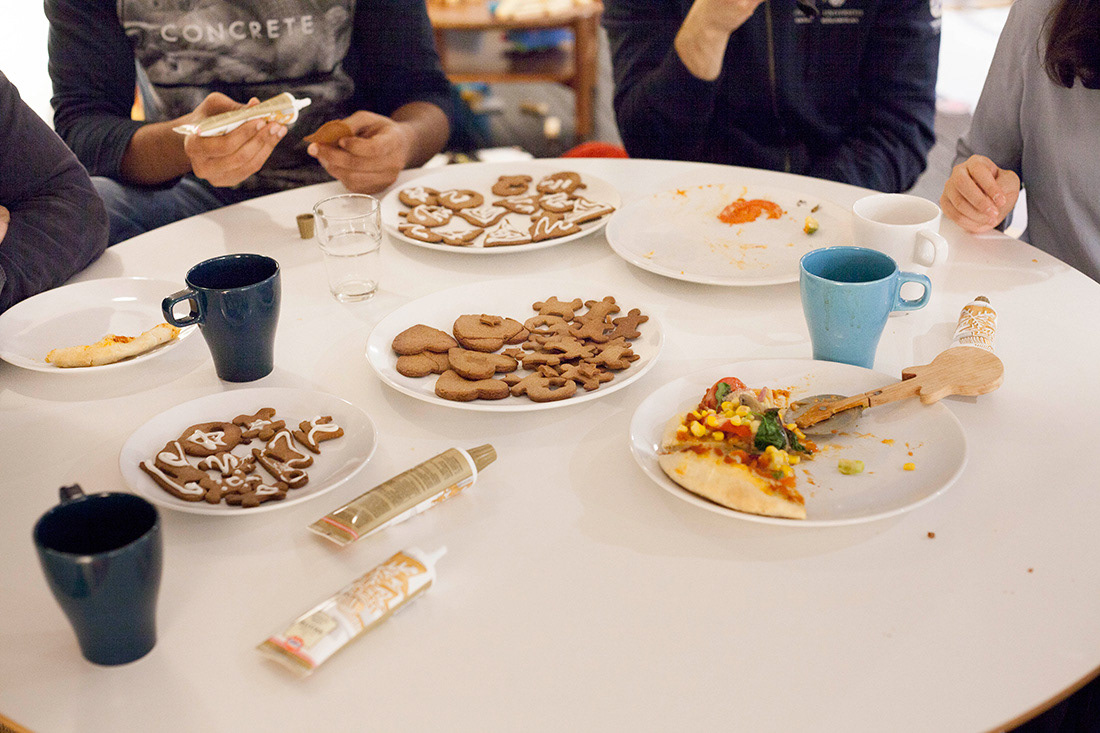
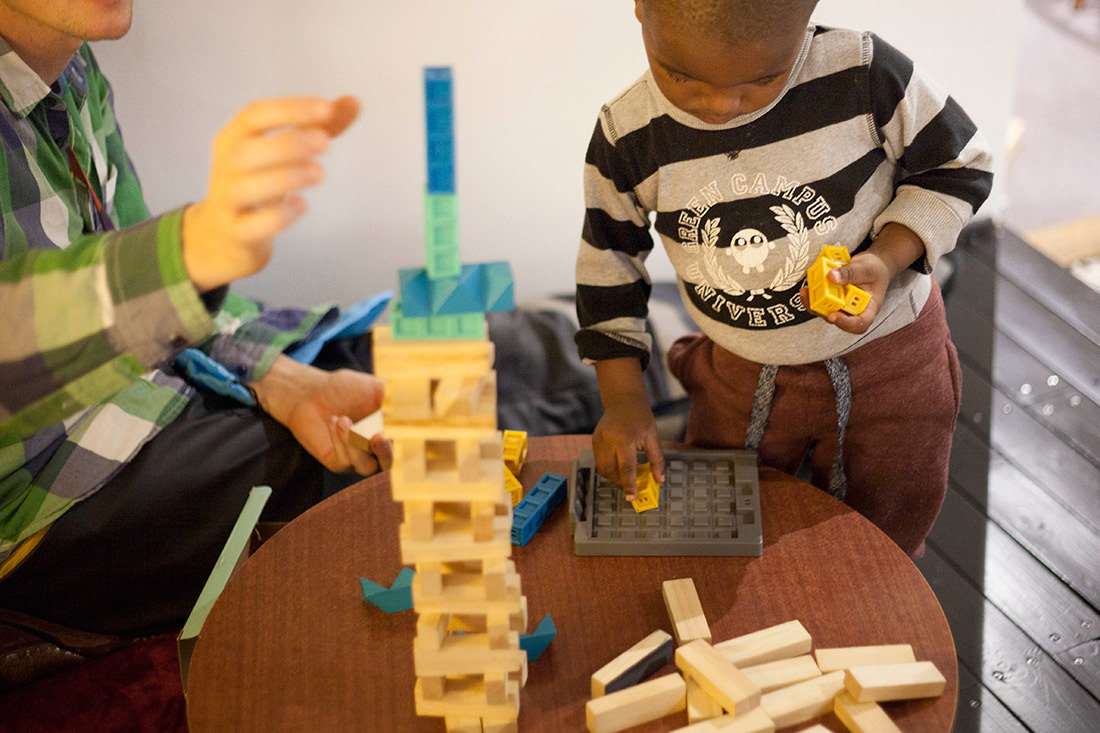
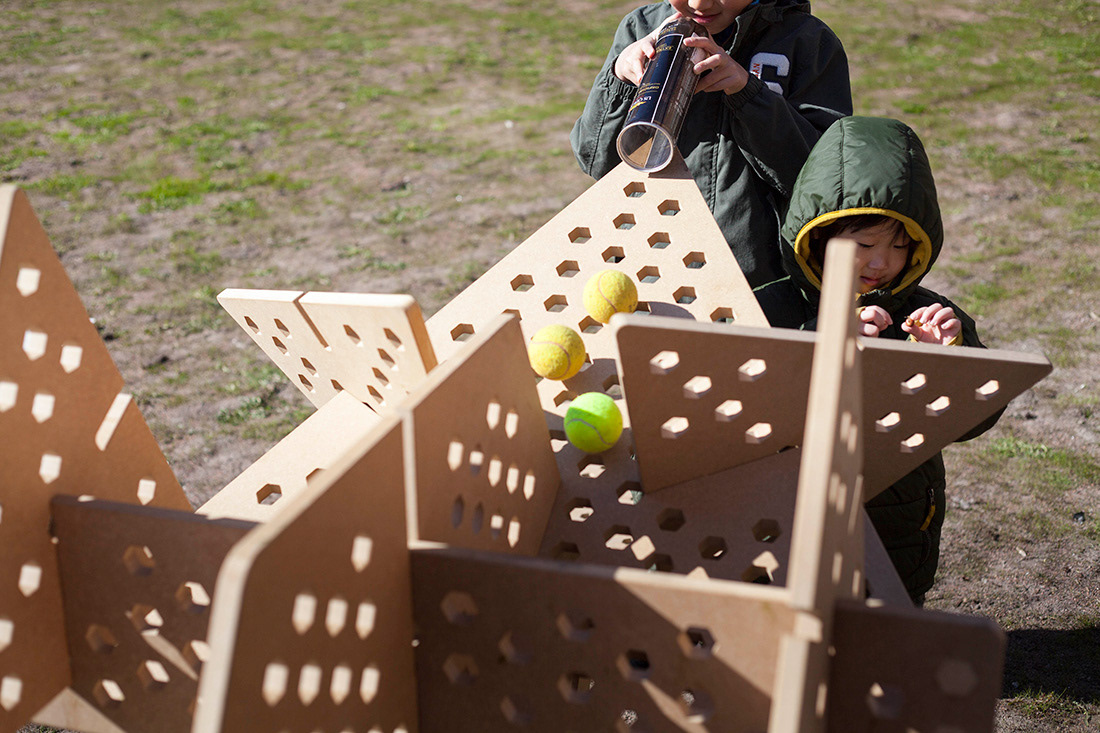
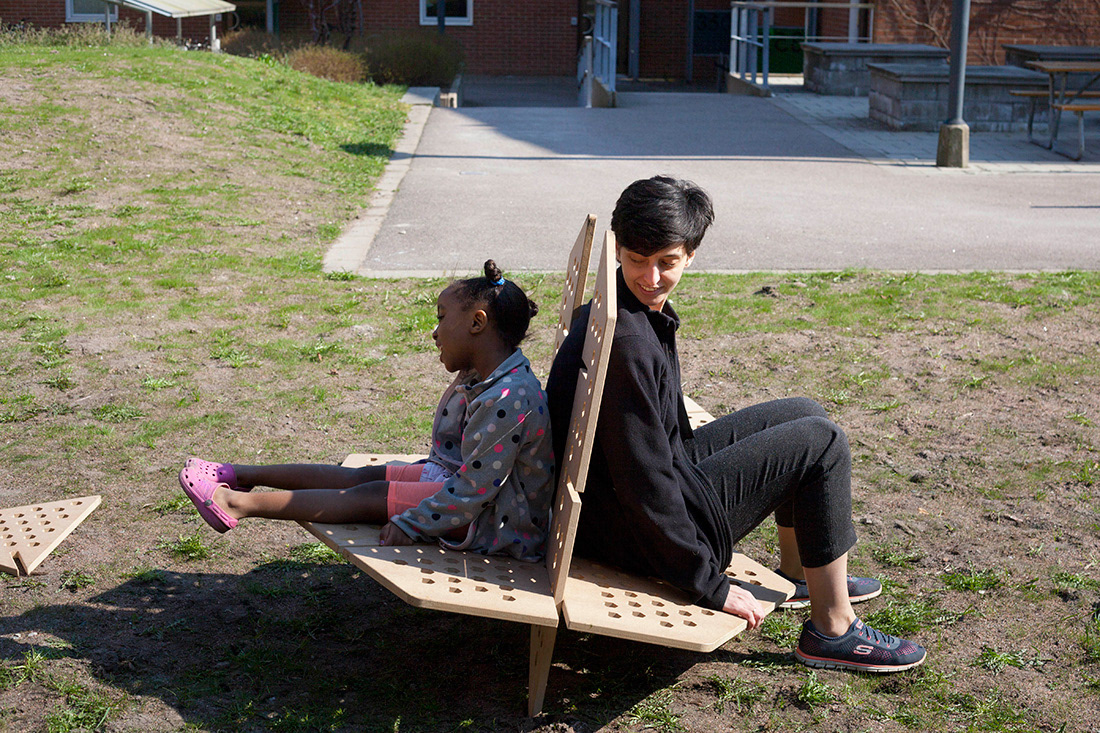
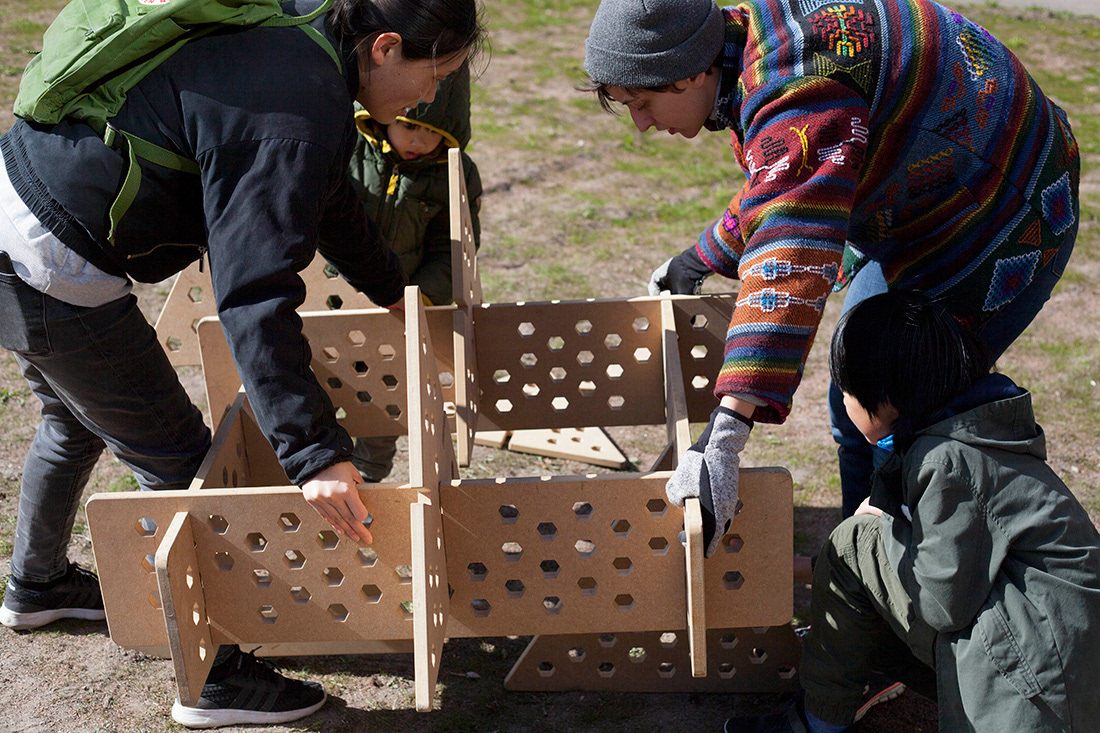
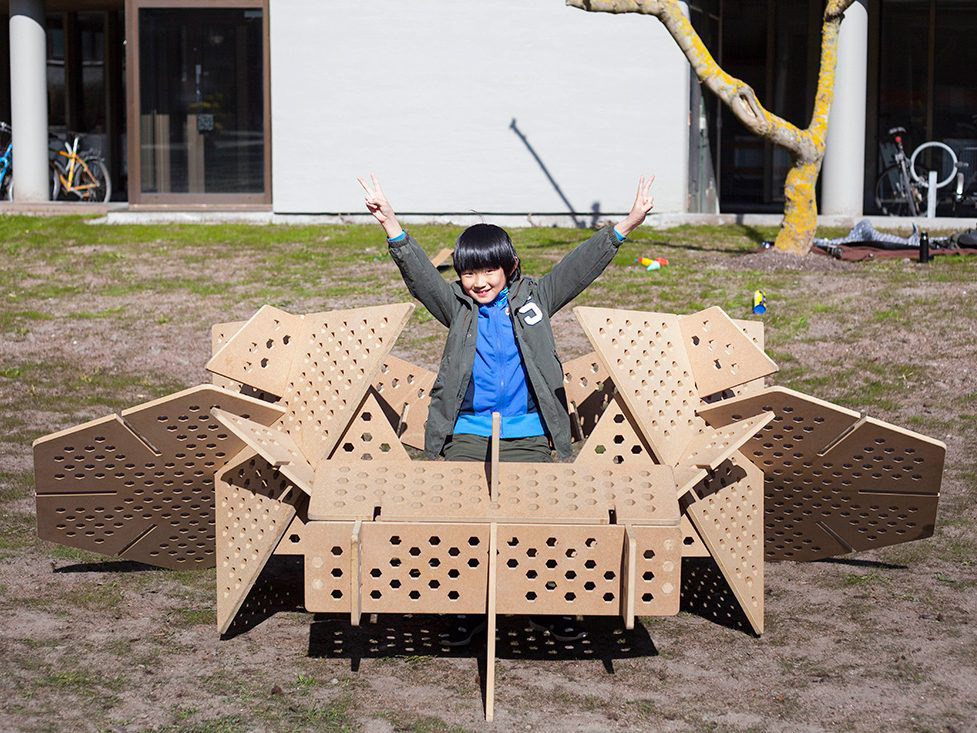
Project
Vår Koja
Community Building Through Play
Spaces are often designed to split and entertain different age groups. The aim of this project is to provide the community with designed elements that allow them to build and create their preferred type of spaces together. ‘Vår Koja’ is Swedish for ‘Our Hut’. A hut, or a den is a small space built together with family and friends. This project was created to bring together families and build community through play, focusing on a student housing complex in Gothenburg, with more than 1400 residences. Younger students living in the area have a variety of activities organized for them, but the students with families do not have much to do.
This idea was explored and developed by working together with the community of residents. Based on the needs and desires of the community, the designed elements were created, tested and modified. To reach a level of trust, honesty and productivity, community building activities were an essential part of the design process. When working together with intergenerational communities, the activities planned should break boundaries and gaps in age, and bring everyone together through a common interest.
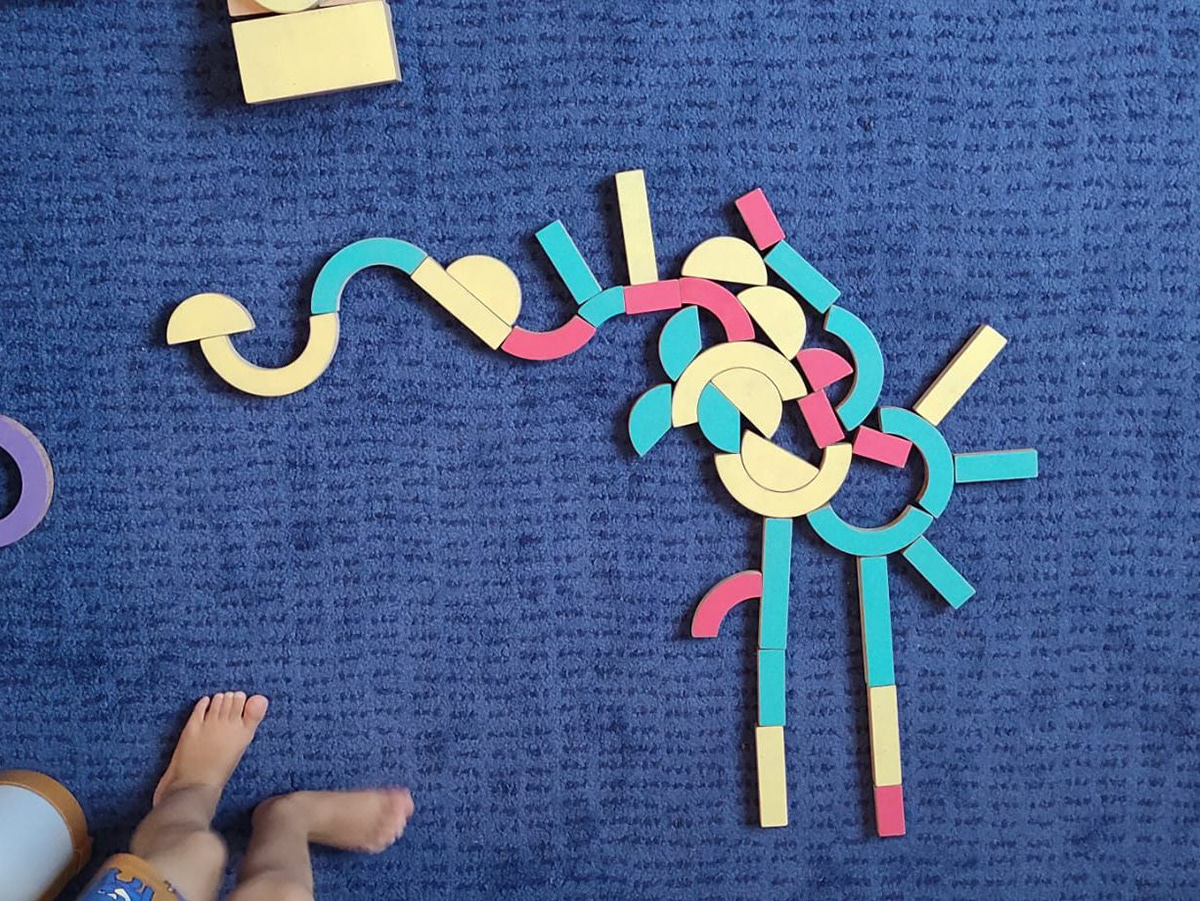
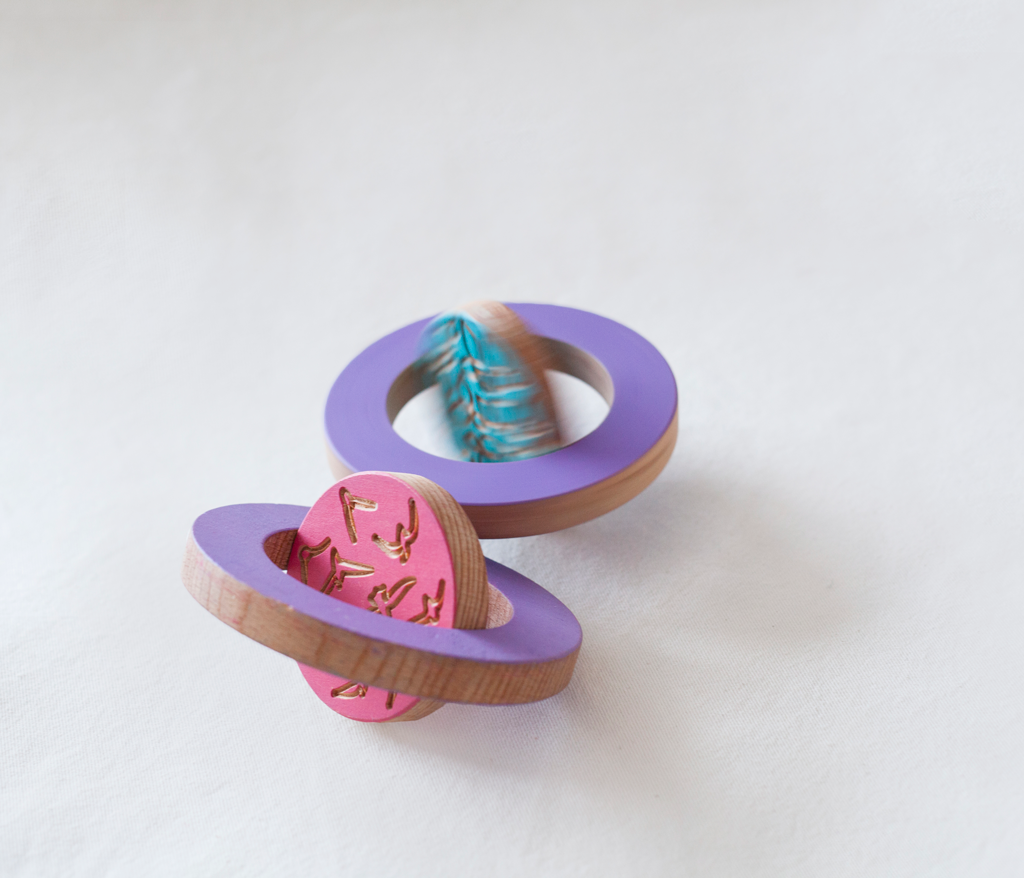

Project
Haligo
Pre-literacy Construction Set
A pre-literacy construction set designed for Dadu, the Children’s Museum of Qatar, targeting children between 0-5 years old, their siblings and their parents. The shapes and forms are designed to allow for a multilingual, organic and natural way of writing. The set includes a series of simplified illustrations that can be used to create patterns or tell stories. Children used the set for role-play, creating patterns, picnicking, playing Doctor and Patient, building towers, and making sad, hungry caterpillars.
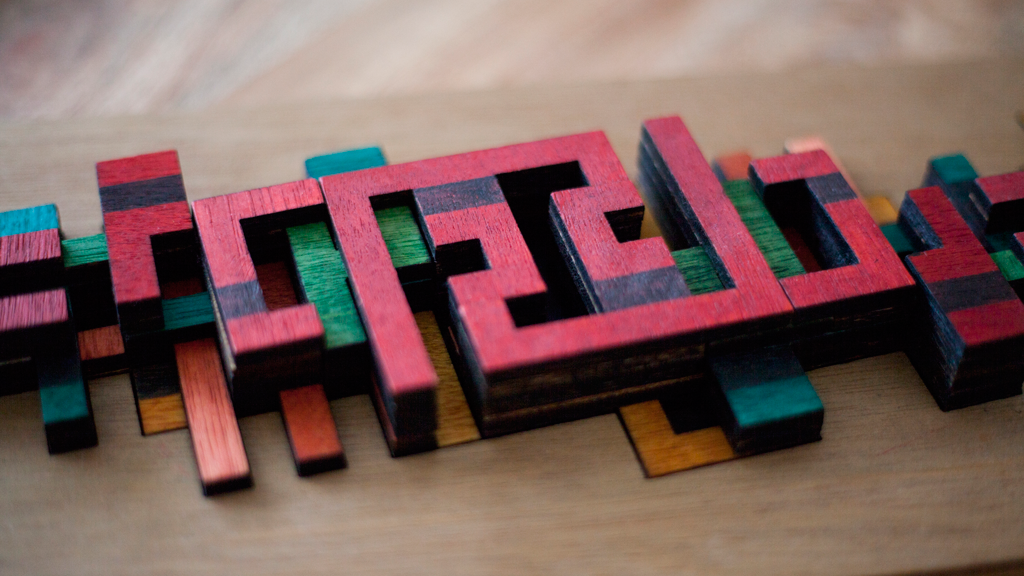
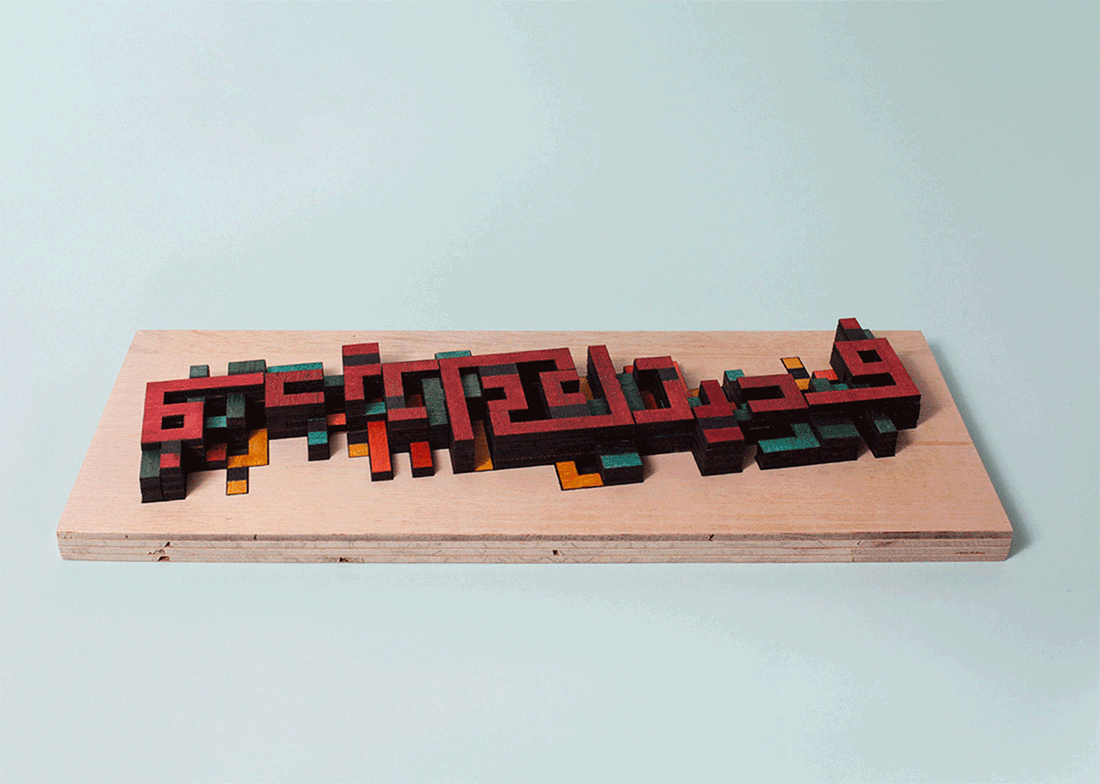
Project
Tfaddal, Shhaalak
Puzzle Design
This local souvenir puzzle is inspired by the traditional “sadu” pattern used for the Qatari “majlis” (or salon) seating. To relate this souvenir to the Qatari “majlis” atmosphere, genial words were used to express hospitality and community bonds. The words are repeated and rotated to make playing in groups easy and equally enjoyable. The puzzle has five levels of color and kufic typography. It provides a new way for sharing culture and learning local words and phrases.
Check out more of Leila's work on her website
